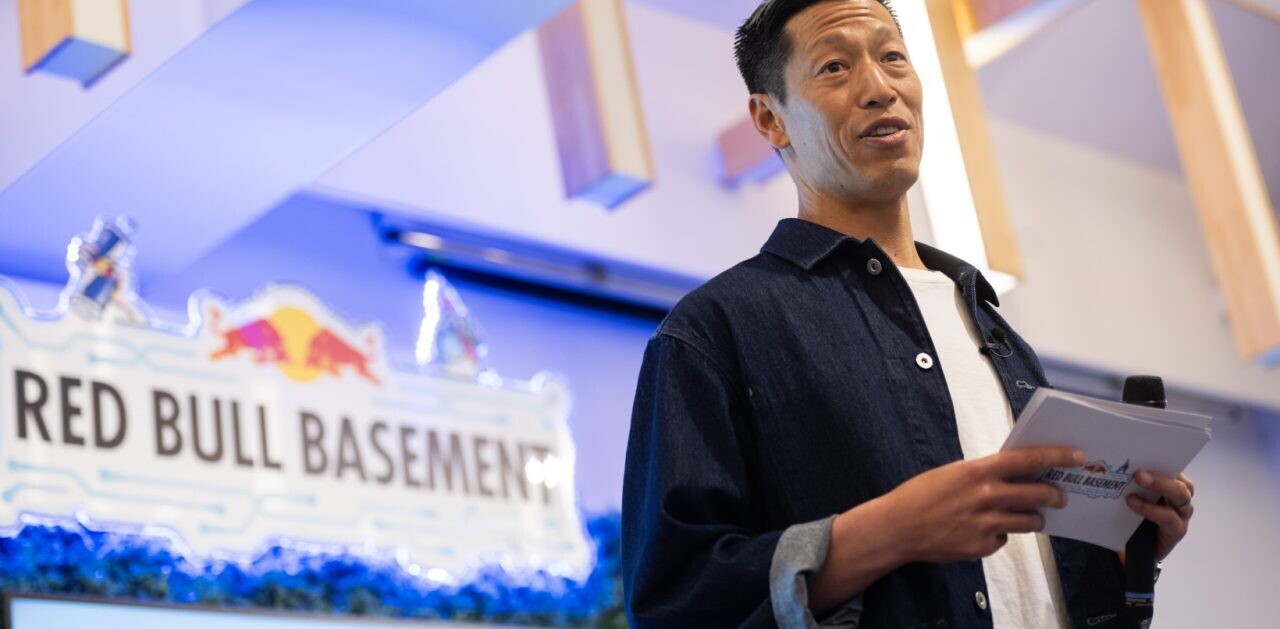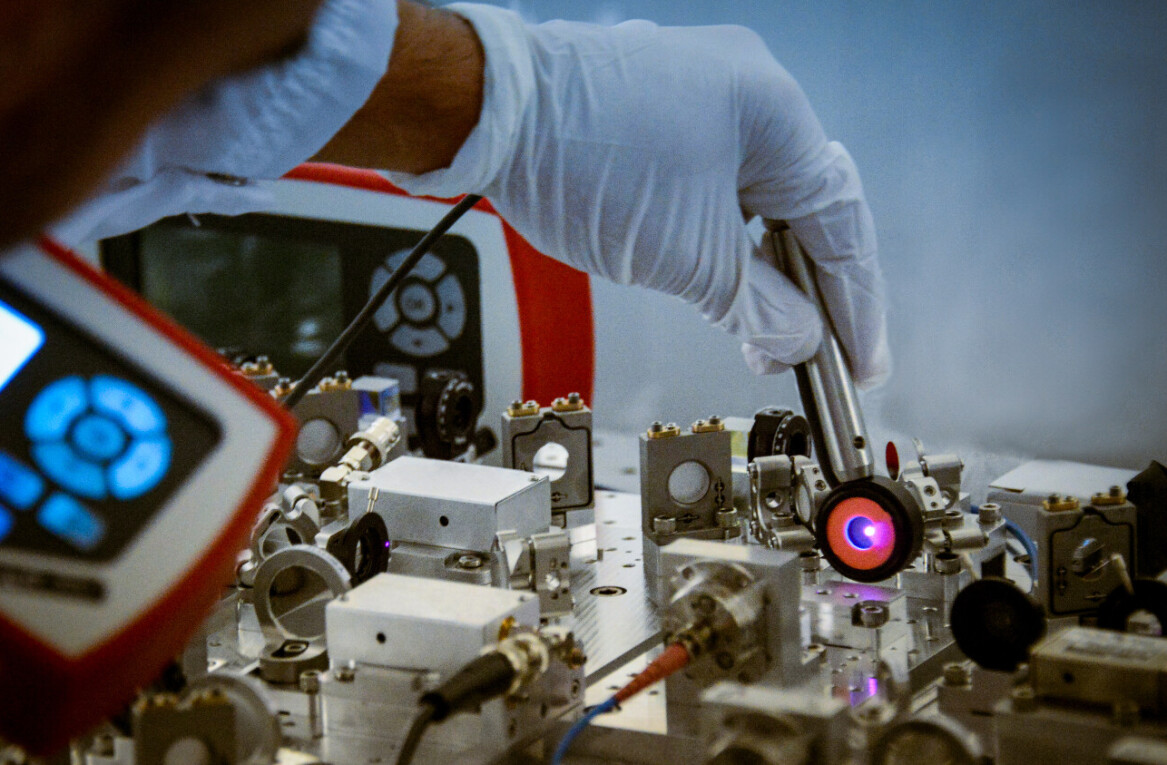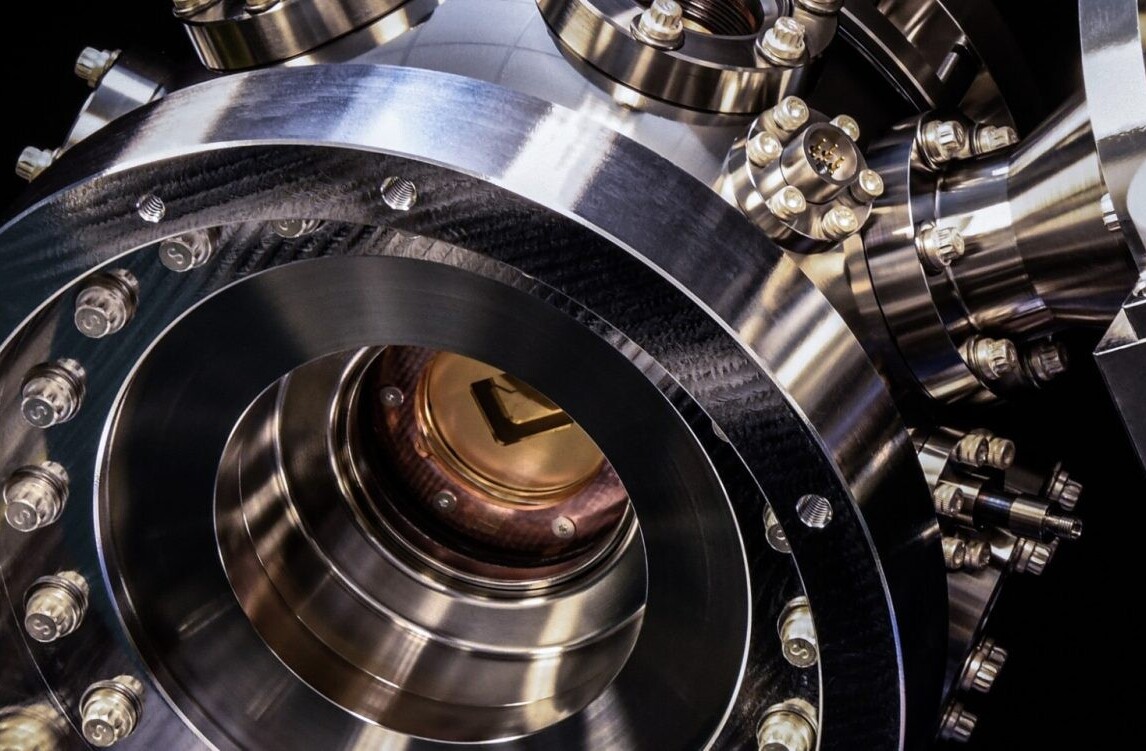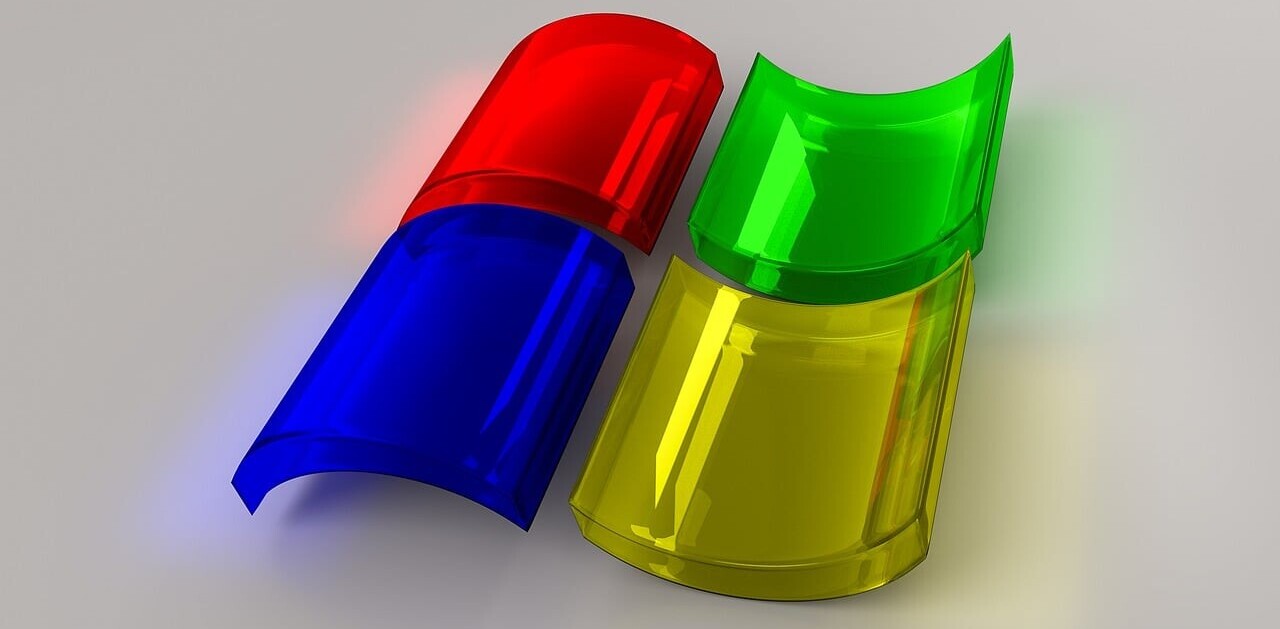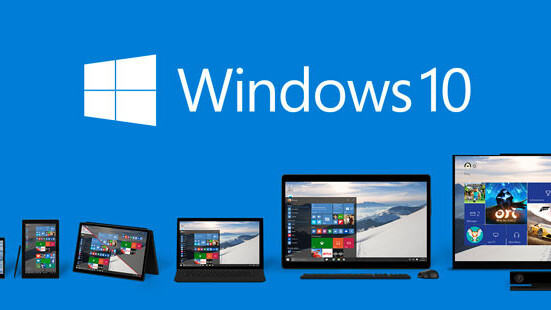
Over the last few years, Microsoft seems to have been flailing. Windows 8, while a step in the right direction for the company, was an utter mess and saw slow adoption along with poor developer uptake.
Windows 8 went too far, too fast; it was a user experience disaster. As users bemoaned Windows 8’s confusing interface, experts labeled it a “cognitive burden.” Funny videos of people unable to use the OS surfaced. Others complained they didn’t know where the Start menu had gone.
But, while Microsoft was out preaching the good word to developers and trying to win them over to its new “modern” interface, the company failed to deliver any meaningful apps that showcased the platform’s potential.
Microsoft stuck to its guns that Windows 8 was a legitimate improvement over previous generations for more than a year, before finally admitting that it had maybe gone too far. It eventually relented with a compromise: the return of the Start button.
Windows 8.1 was the beginning of Microsoft’s slow undoing of all the extraneous features it had implemented in Windows 8 and the company attempting to win consumers back. It started listening again.
However, even after more than a year of access, developers were still slow to adopt Microsoft’s platform, and the company had continually failed to deliver flagship apps that showed off the power of the modern interface. Even Microsoft Office was – and still is – conspicuously absent.
Windows 10, announced today, is the culmination of Microsoft’s efforts to make Windows something consumers can love, and enjoy using again. The company is throwing everything it’s got into making Windows desirable.
The first thing Microsoft did with Windows 10 is put the start menu right back in. After being absent for three years, it’s finally home and it’s long overdue – transparency has made a welcomed return to Windows, too.
The new Start menu is better than ever, combining the best of the modern interface with the old-school Start menu experience, which should help consumers acclimatize to the new interface while still feeling comfortable.
That full screen experience from Windows 8 is still around, but now it’s smarter than ever. For example, if you’re on a device that can be used as a tablet or laptop, your computer will detect which way you’re using it and adjust the interface.
Microsoft has also started realizing that some baggage can’t be shed. A new internet browser included in Windows 10 — dubbed “Spartan” for now — is an attempt to make a sort of Chrome competitor. It’s got a new look, a special intelligent reading mode and integrates Microsoft’s Google Now competitor Cortana.
Spartan is a fast, smart new browser that looks great and ditches Internet Explorer’s brand baggage, which might actually help win some browser market share back for the company.
Cortana, Microsoft’s virtual assistant, is now integrated right into the desktop. She’s able to offer suggestions, search the internet, create reminders and a whole lot more. Microsoft beat Apple to the punch on this one; Siri isn’t even on the Mac yet, despite the company’s huge lead to get it there.
Microsoft also unveiled a number of new flagship features to get people excited; the Xbox One will stream games directly to your PC, mobile apps work the same on the desktop and mobile, there’s a unified notification center and more.

But it didn’t end there: Windows 10 will be free for all users running Windows 7, 8, 8.1 and Windows Phone 8.1, provided they upgrade their OS within a year of release. This move is an incredible one, reaching further back than any other release.
Microsoft thinks it can win people over with Windows 10, so getting these people upgraded in the first year will be a huge feat. The company promises that people who upgrade will get updates to the latest version of Windows for free, for the lifetime of the device.
The biggest thing we don’t know is if Windows 10 will be a subscription service or not. At the event, it was touted that “Windows is now a service” which implies you might pay a yearly fee, but Microsoft said during the Q&A that its business model isn’t changing at this point.
It’s my opinion that Windows should be made free, but it’s unlikely Microsoft will do that in the short term. Stay tuned, however, to see if the company drops the one-off software cost in favor of a yearly subscription instead.
The event today felt like the company finally had all its eggs in one basket. Everything finally looks like it’ll work together, not as disparate silos of products that happen to be from the same company.
With today’s announcement, Microsoft has even solved its developer problem. Now, developers can write one app that’ll work on every Windows tablet, phone and desktop.
Those apps will be in front of users in a familiar way, thanks to the new start menu, and will be far less confusing than previously.
Microsoft now has a single software platform and set of applications, which instead of competing for resources will work together. Now, Microsoft’s platforms will either thrive together, or die together.
All of this is exciting on its own, but Microsoft had more up its sleeve; it’s built a wearable that allows you to see holograms overlaid in the real world. It’s called HoloLens, and it’s the kind of thing I could never have imagined Microsoft dreaming up.
I’m not sure whether HoloLens is something anyone actually wants, but it is super cool and incredibly futuristic. It’s a look where computing might go next.
Microsoft is an innovative company again; its vision for computing on desktop and mobile finally makes sense. Its bought all of its major products together again in one move.It feels like the company is finally home.
Satya Nadella said at the end of his presentation today that “we want to move from people needing Windows, to choosing Windows, to loving Windows.” It feels like the company might actually be able to pull that off now.
Read next: Everything Microsoft unveiled at the Windows 10 event
Get the TNW newsletter
Get the most important tech news in your inbox each week.





